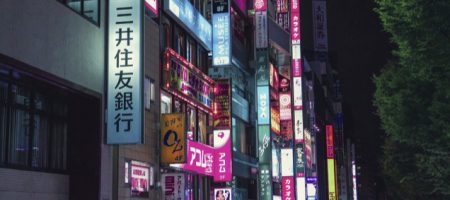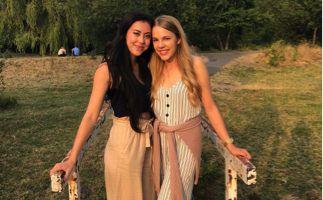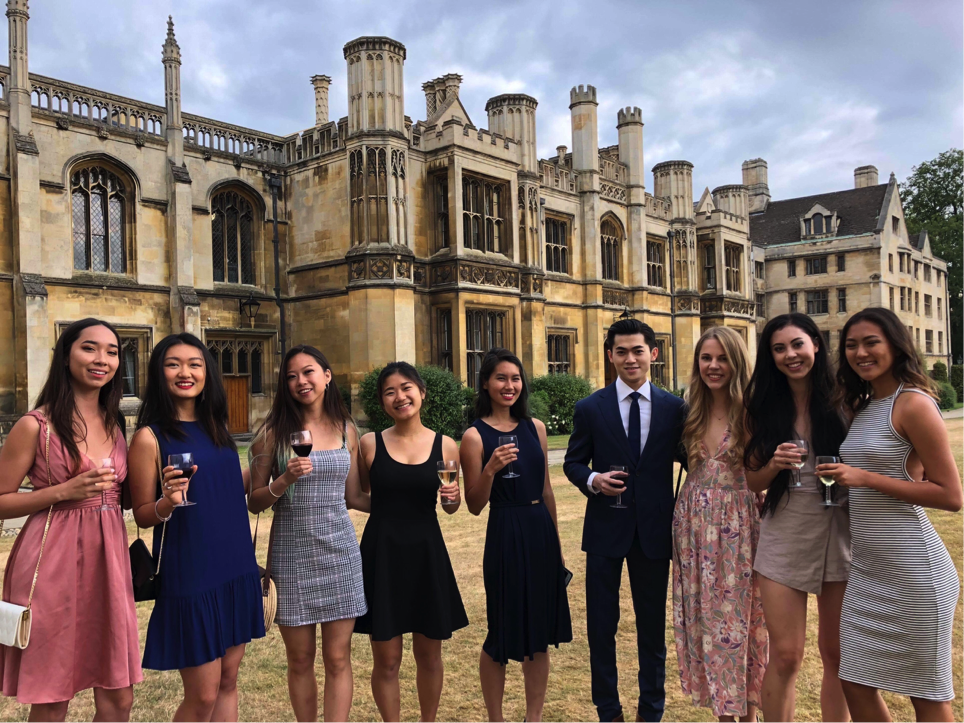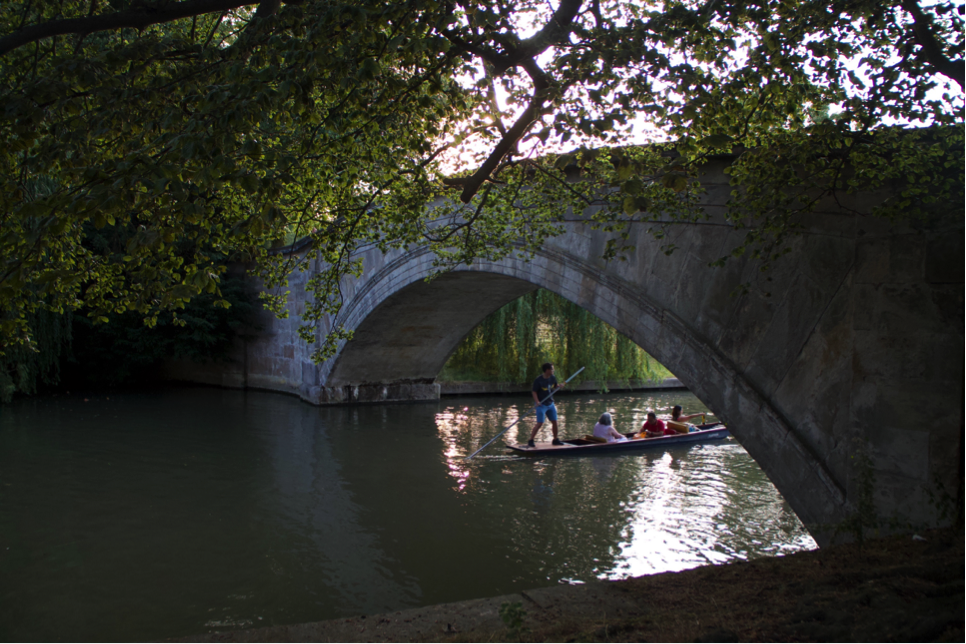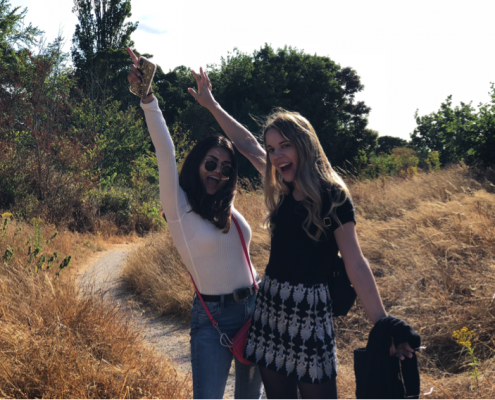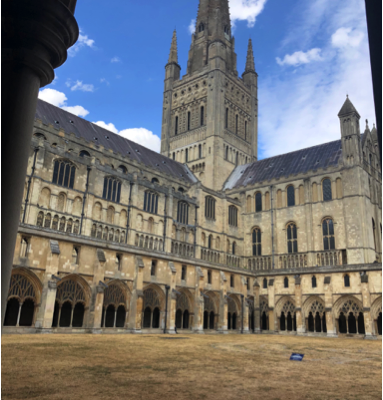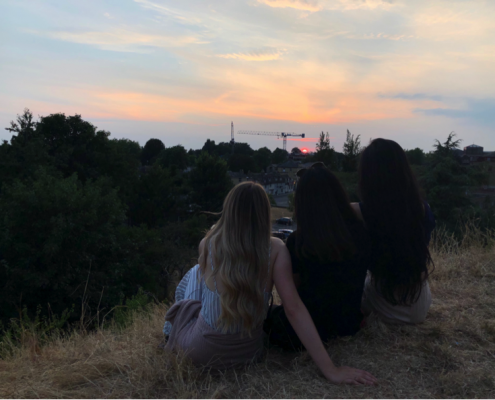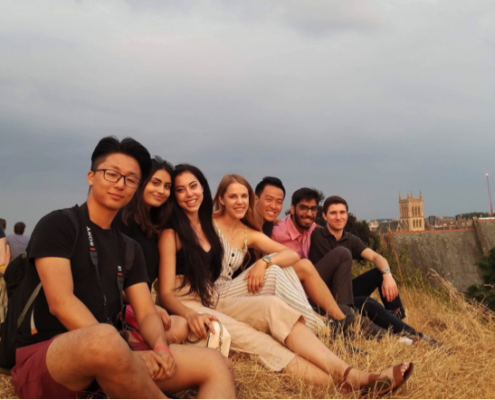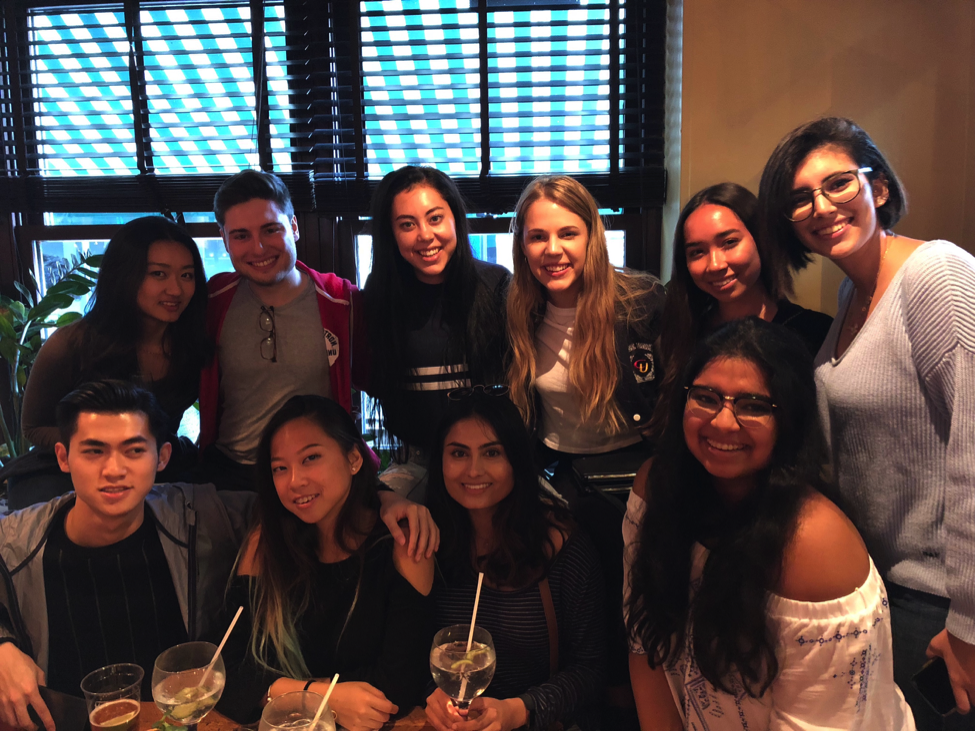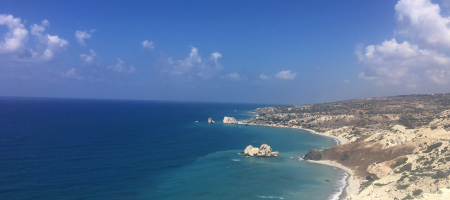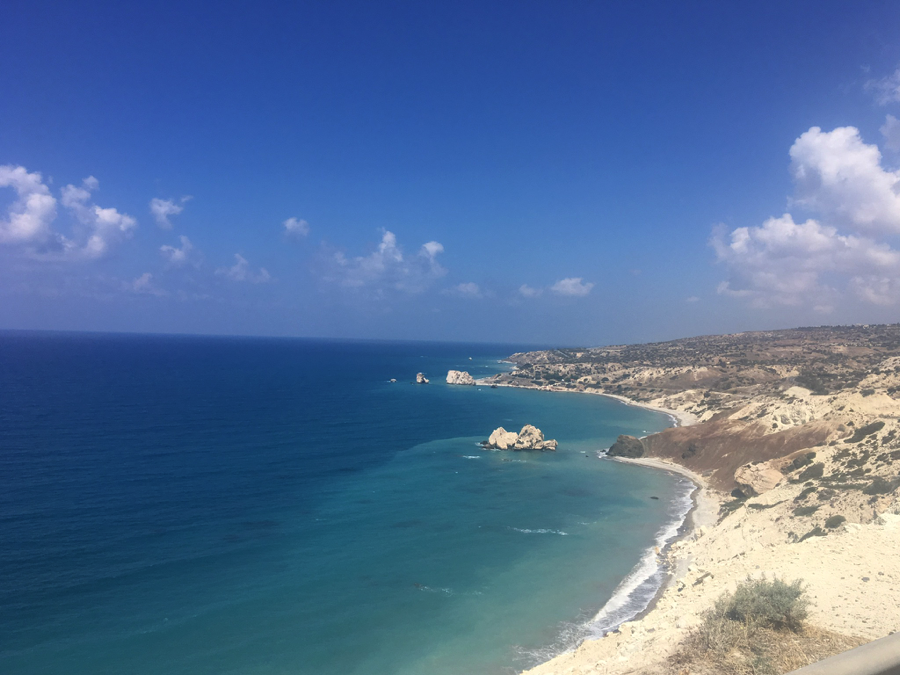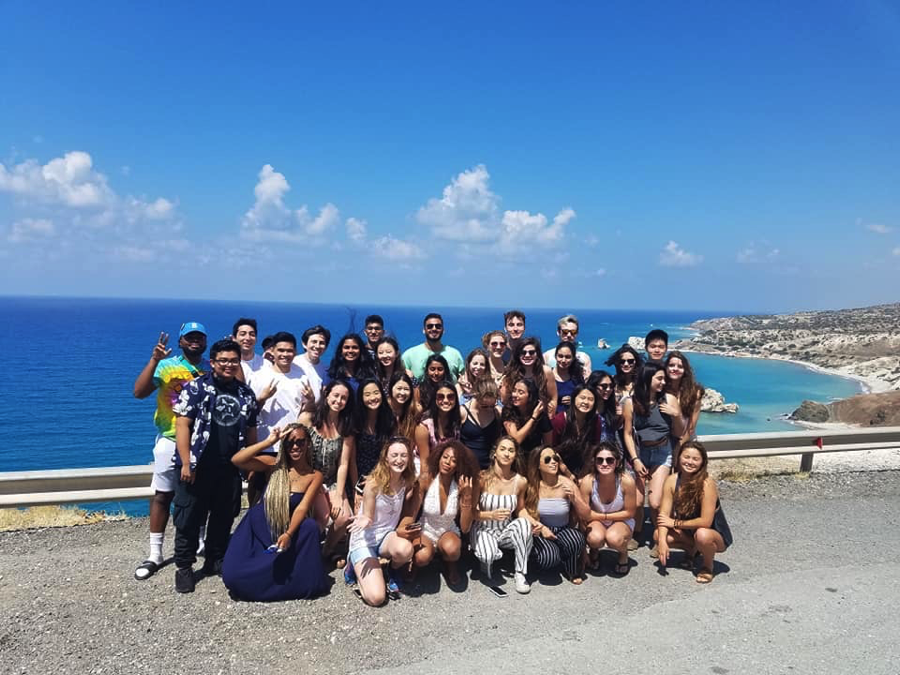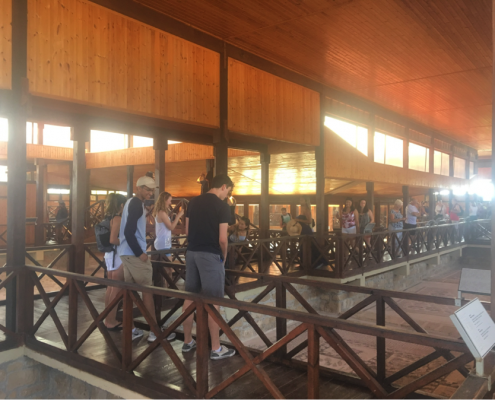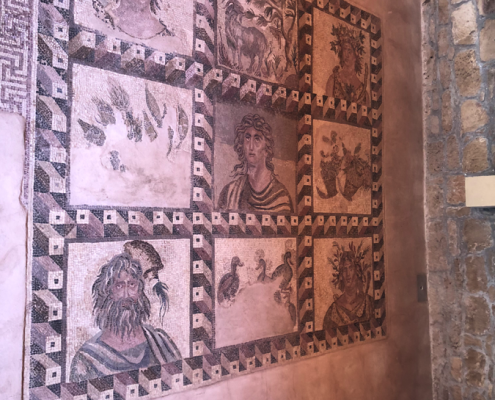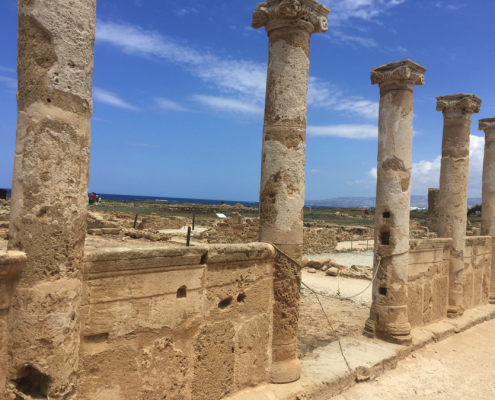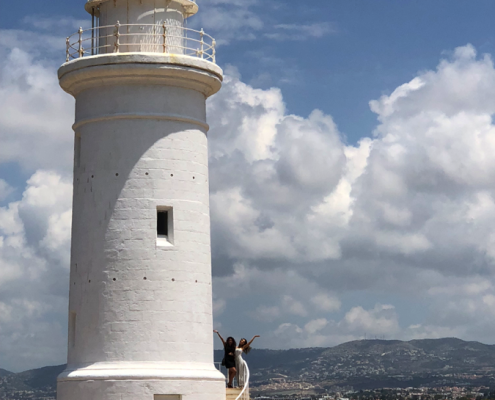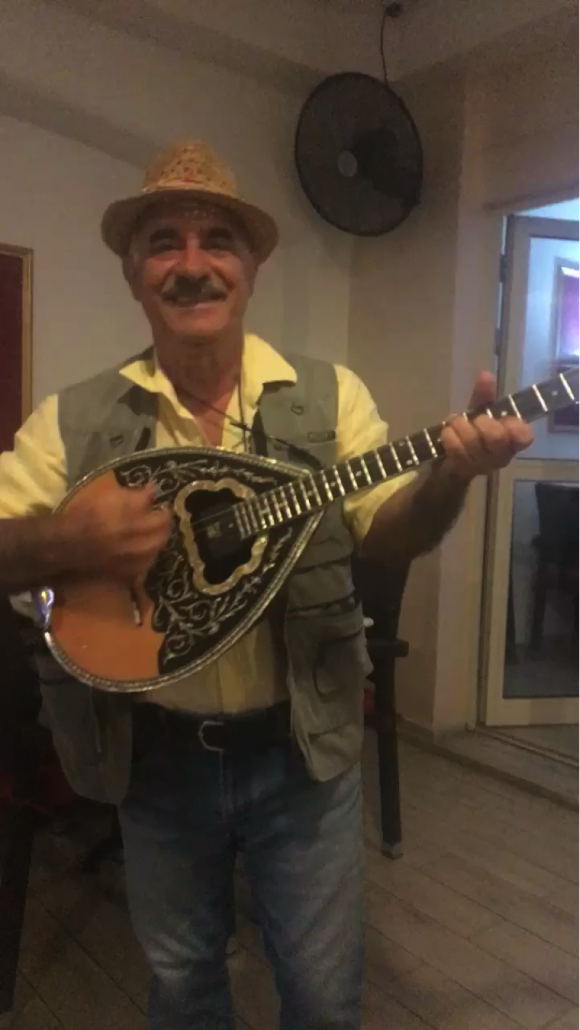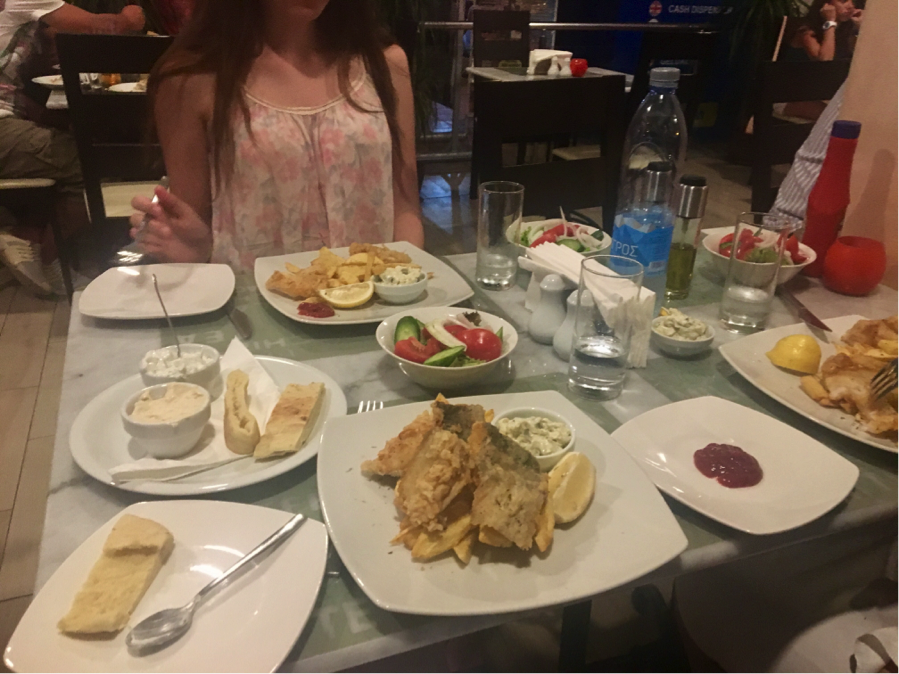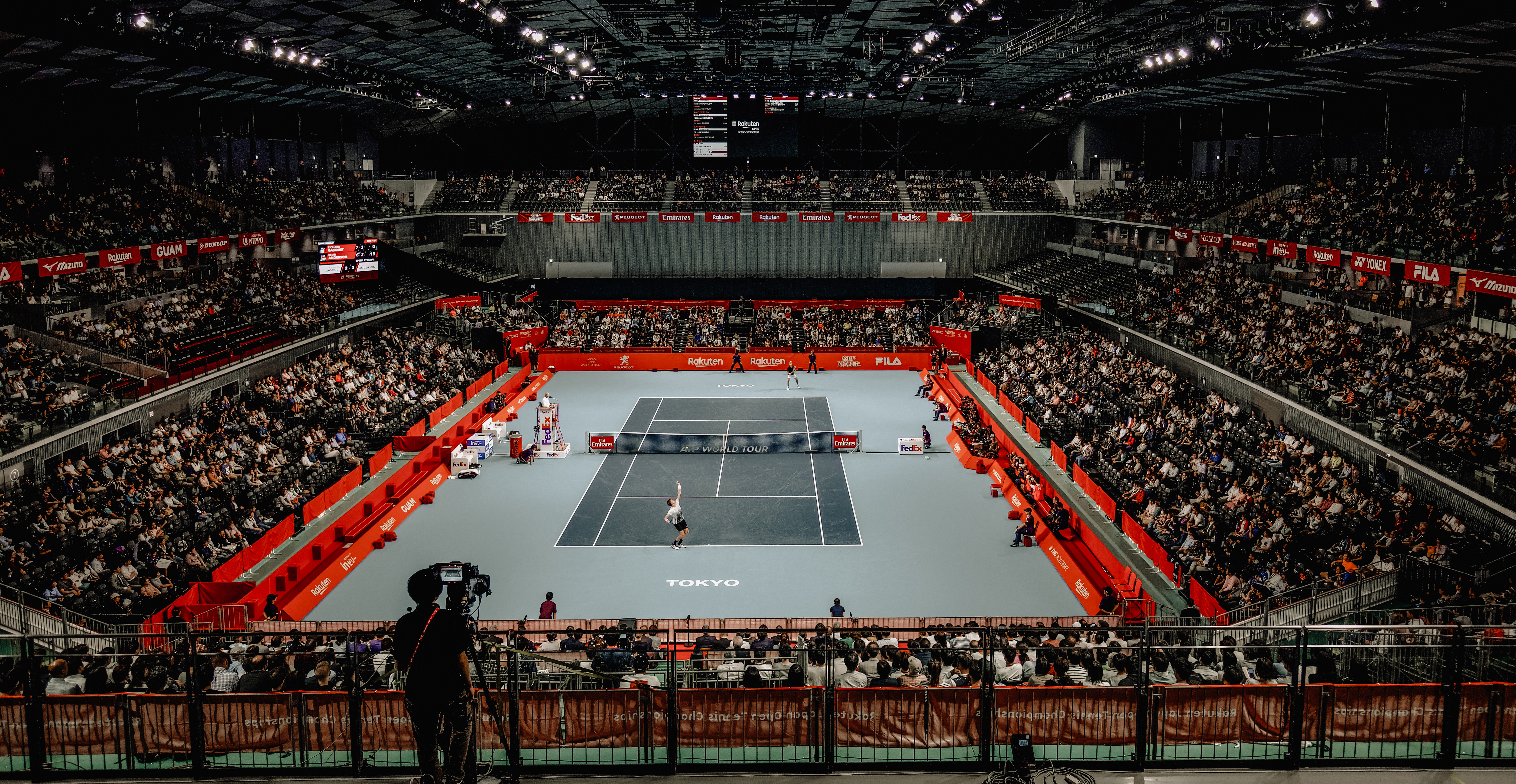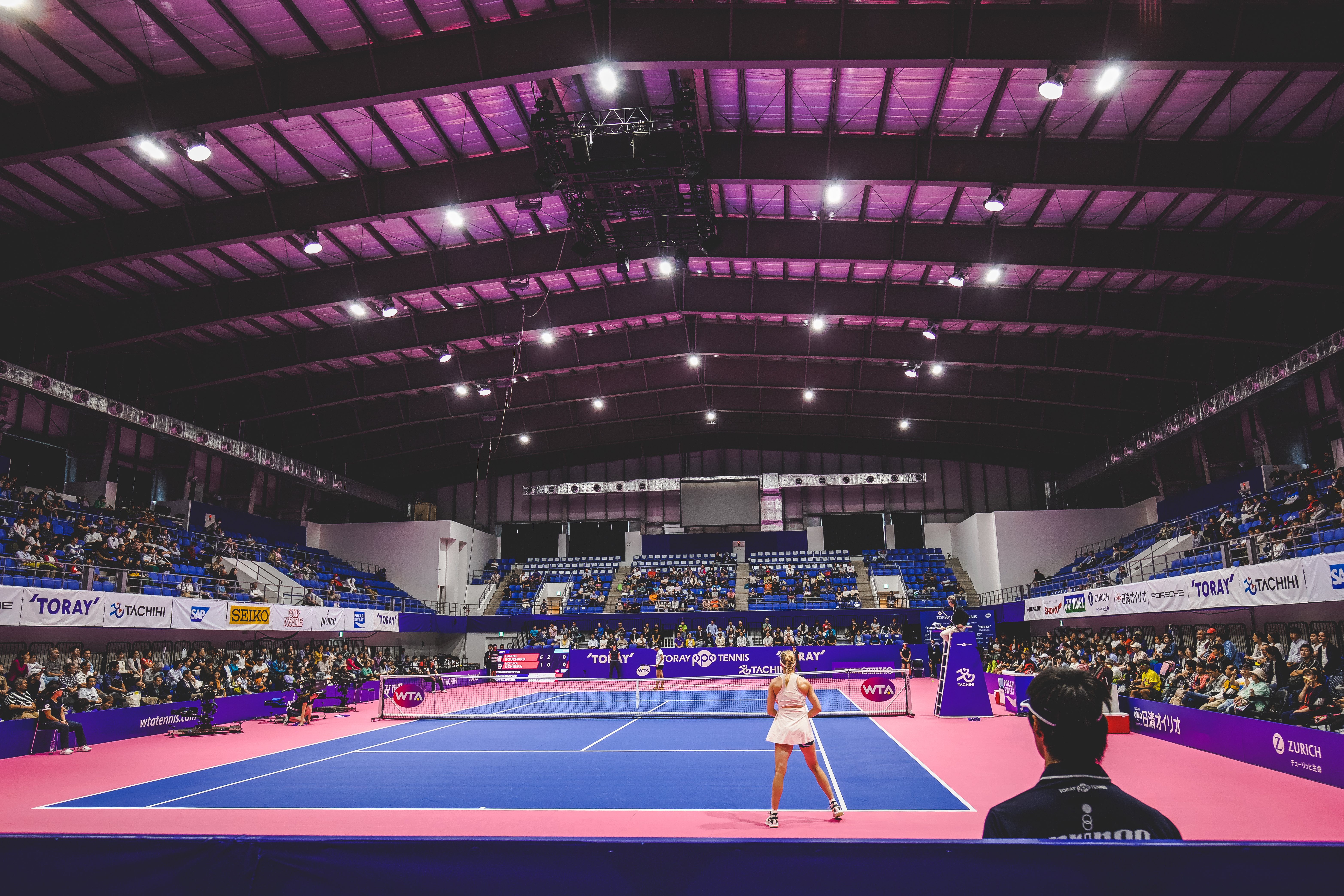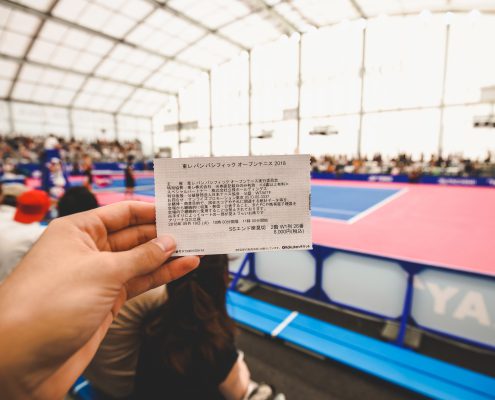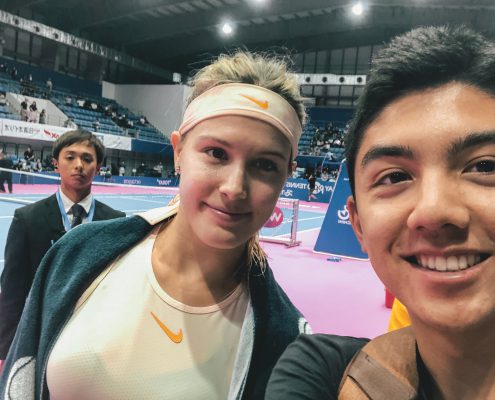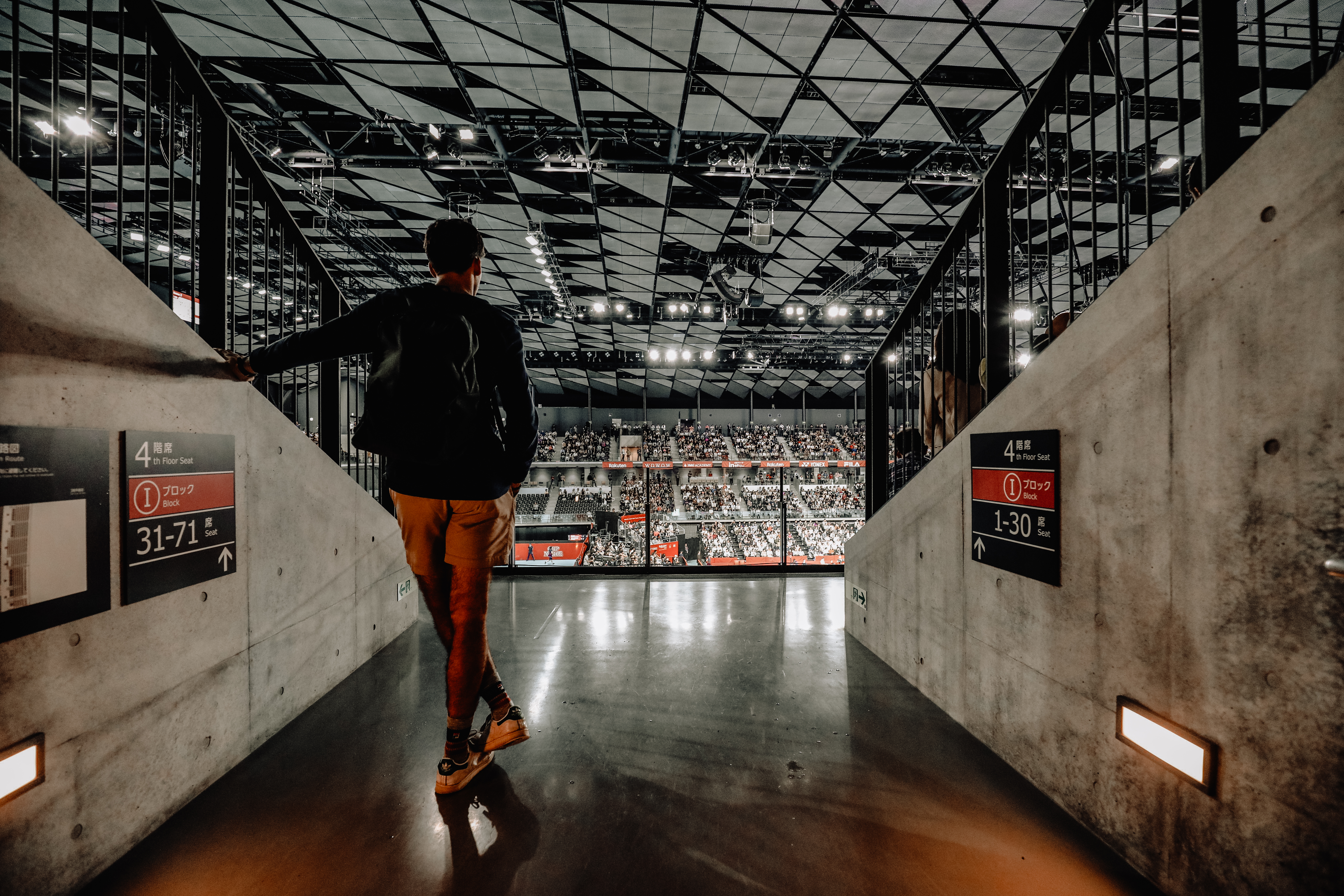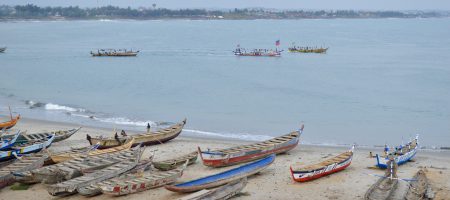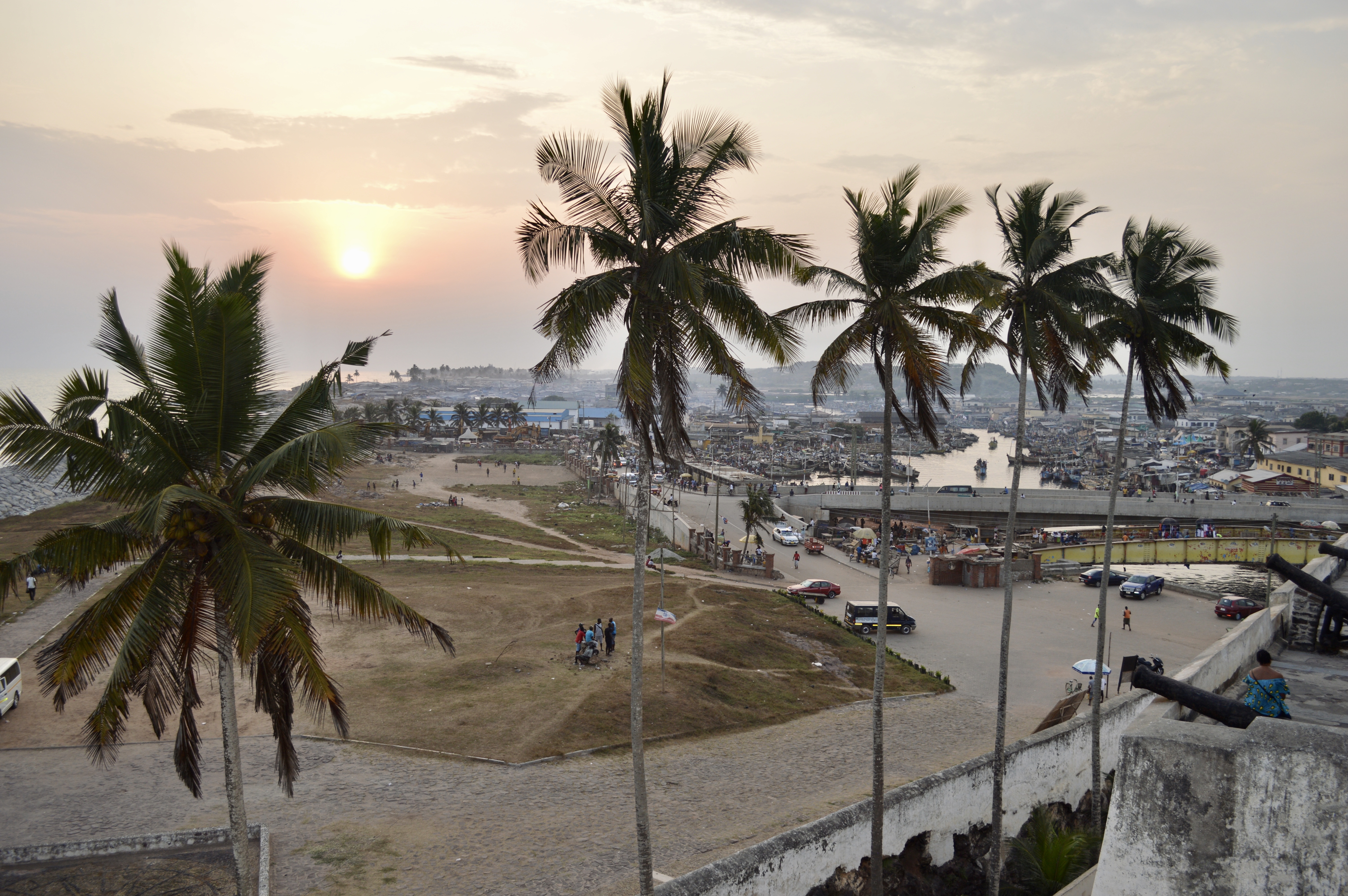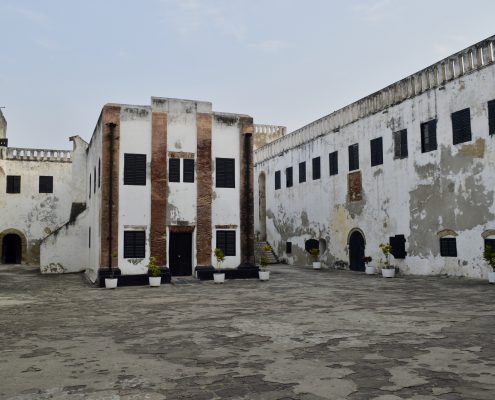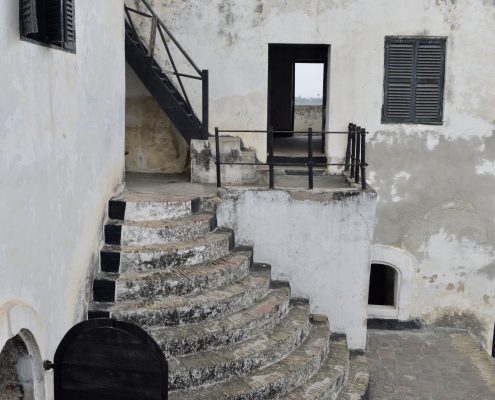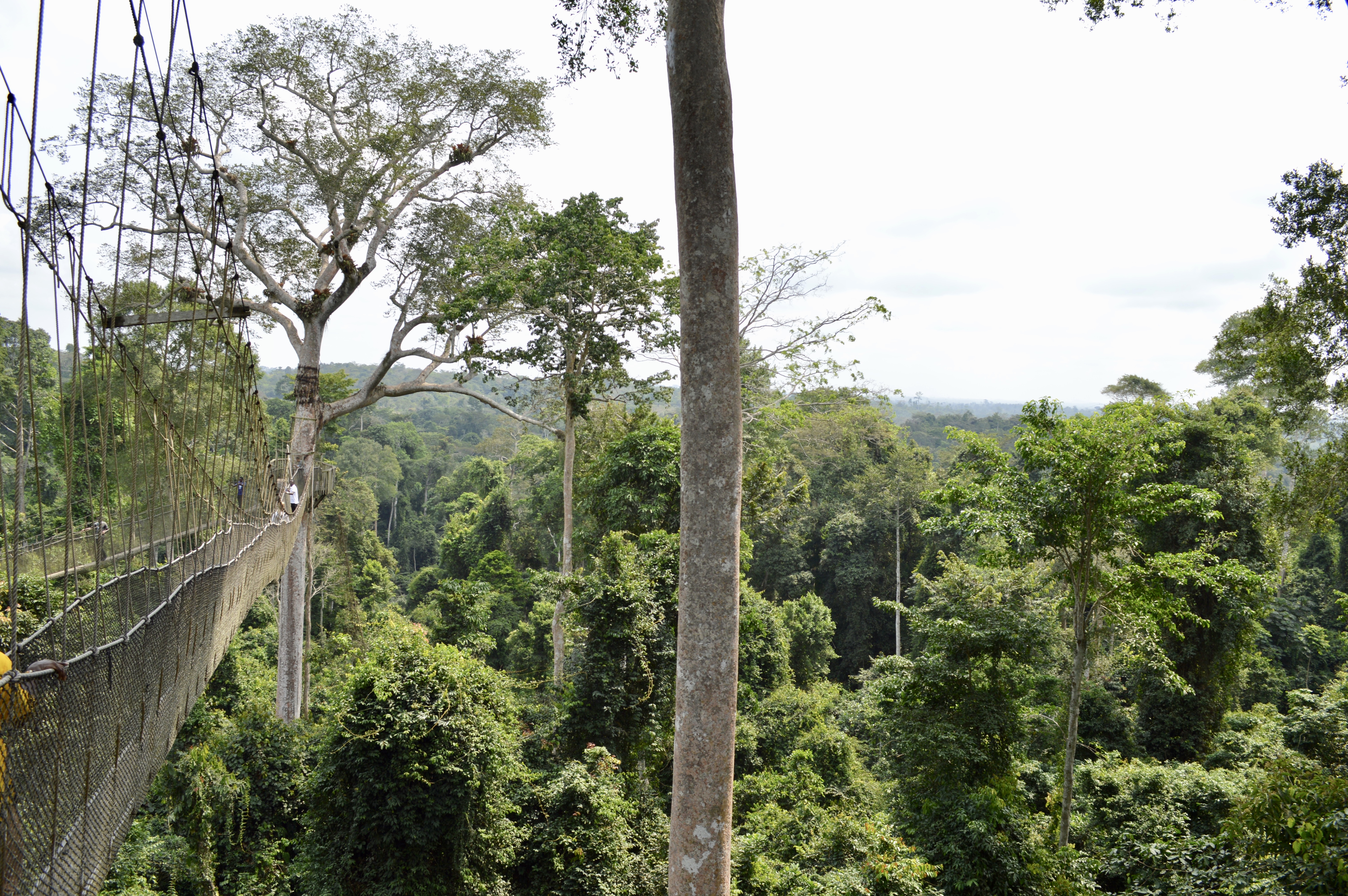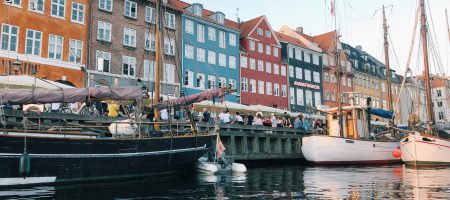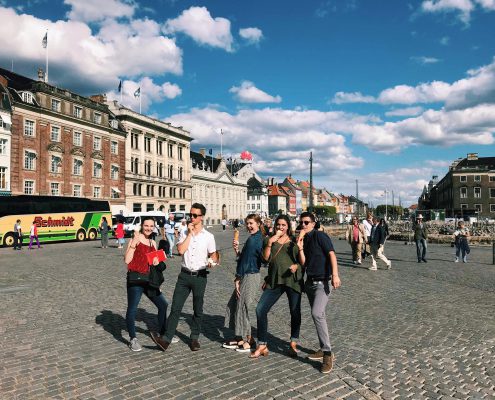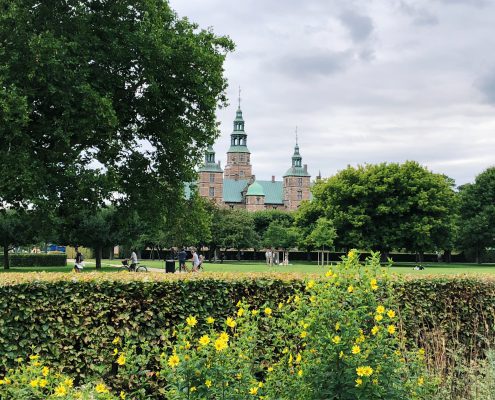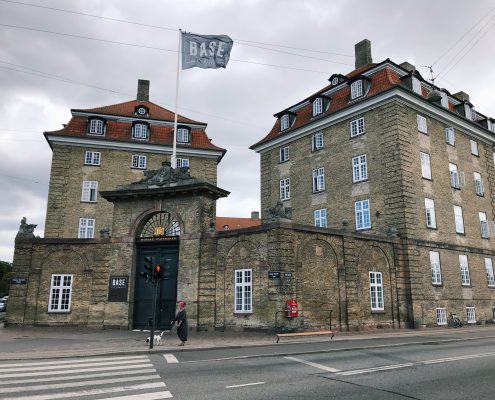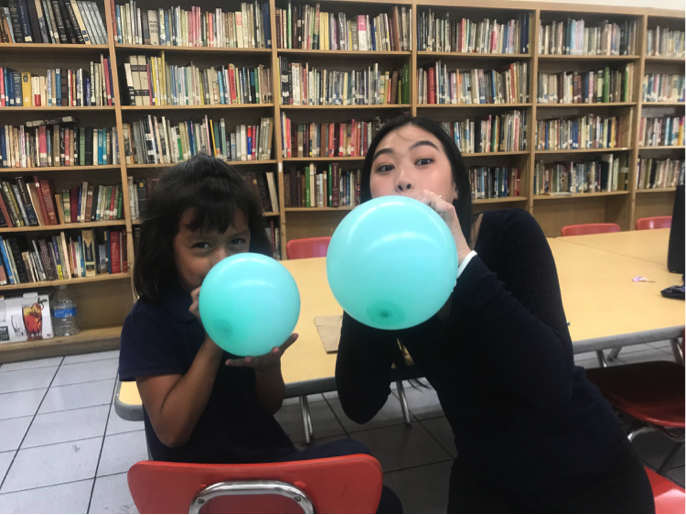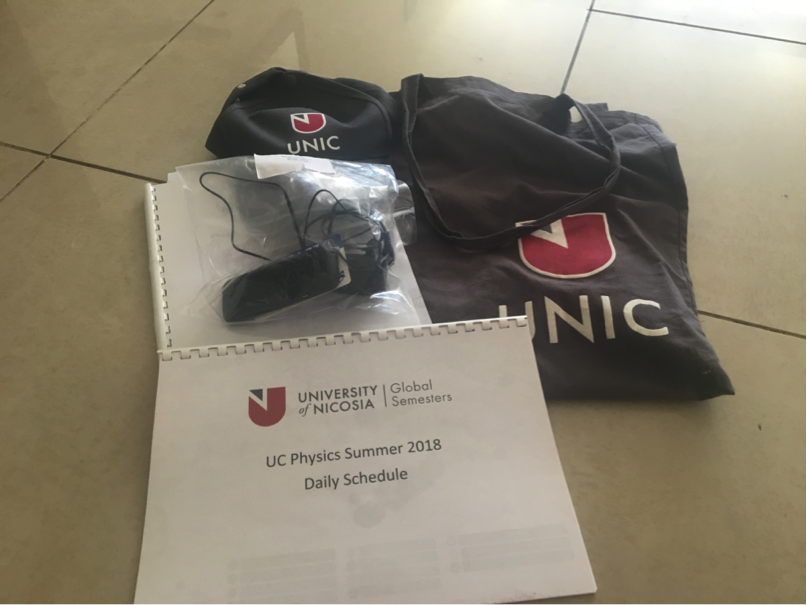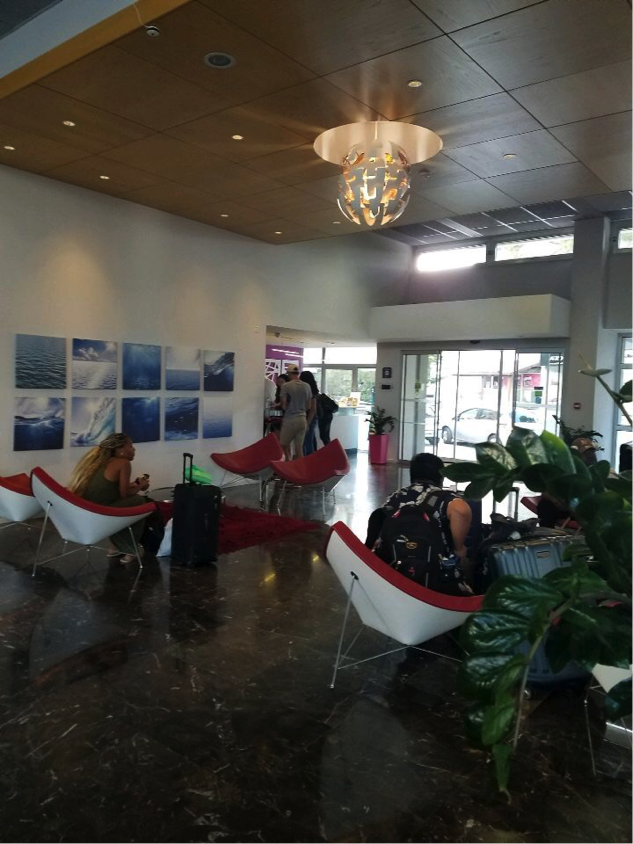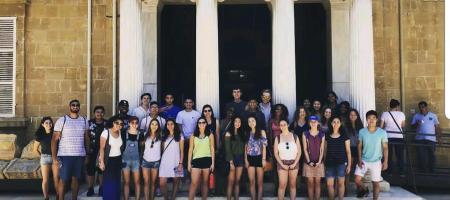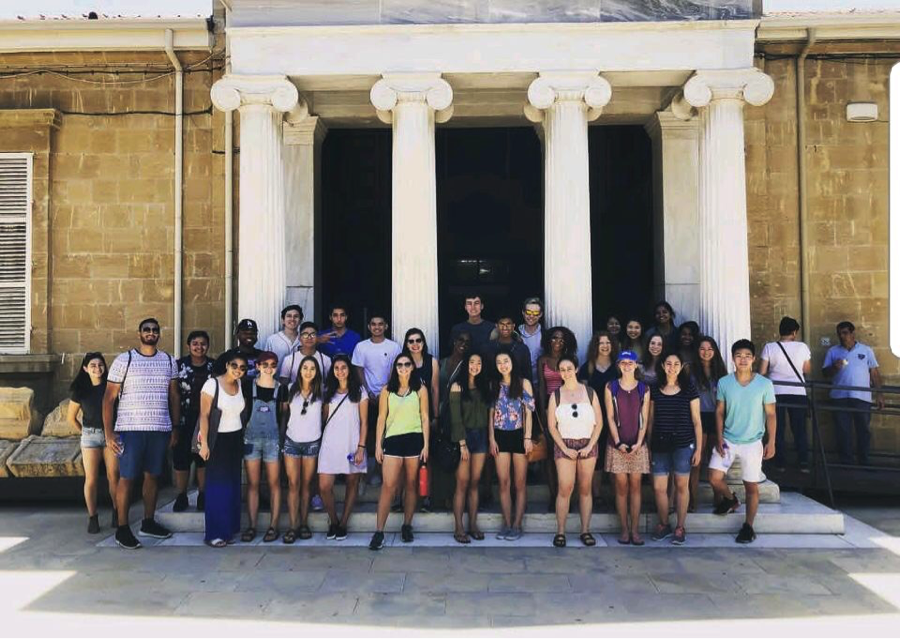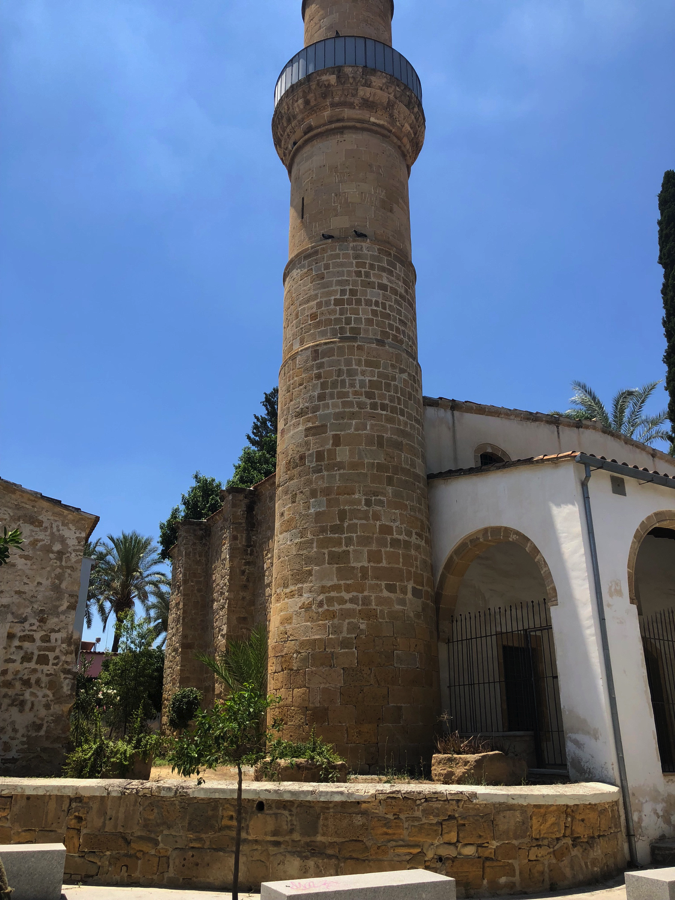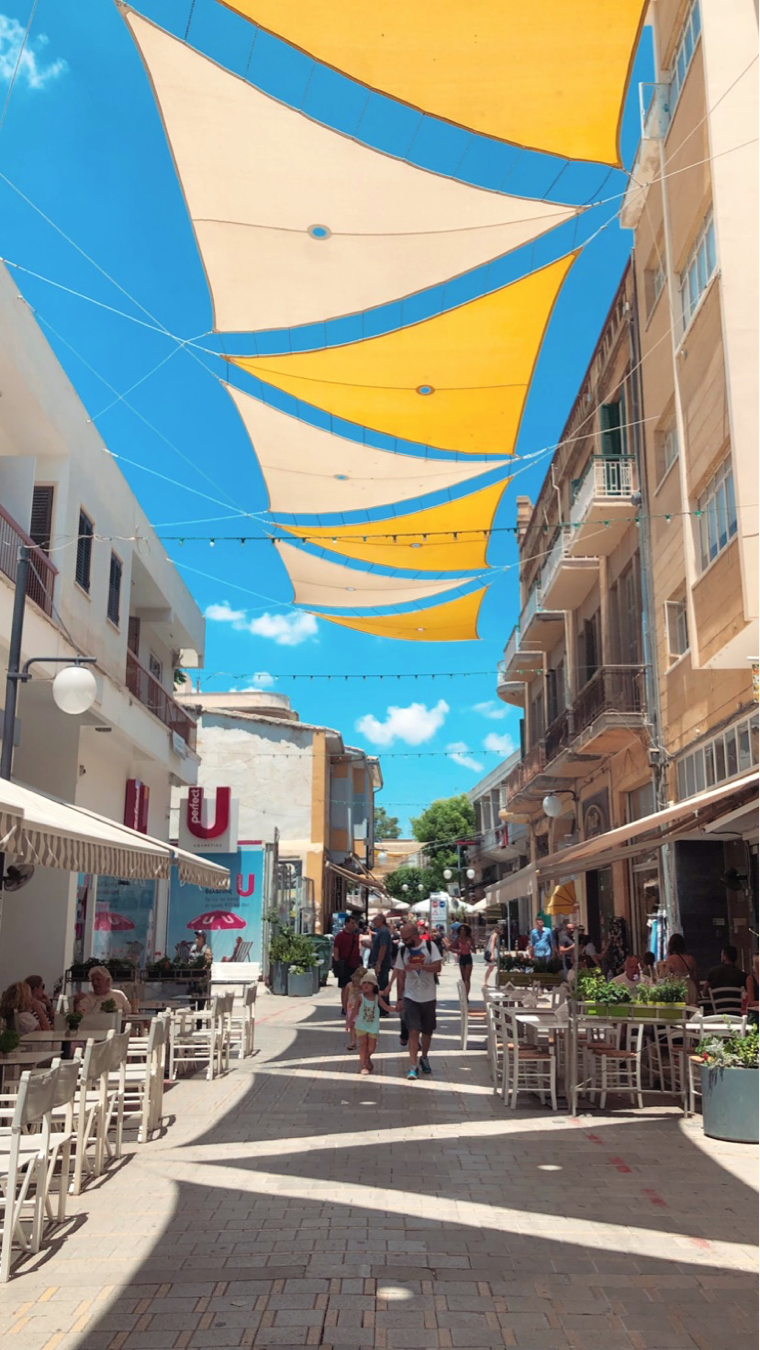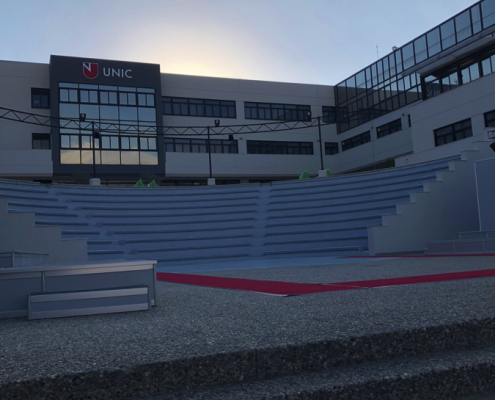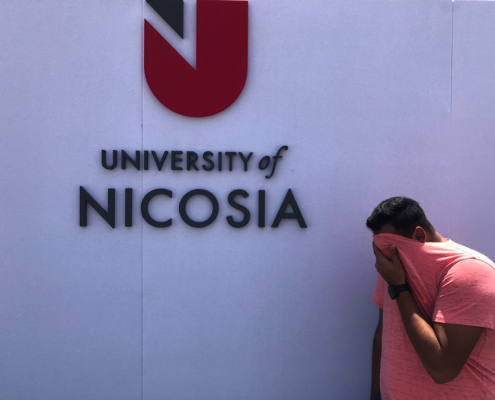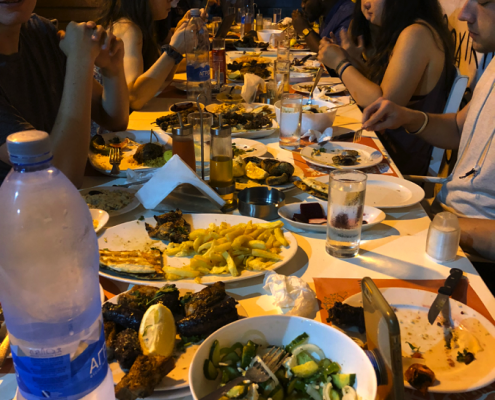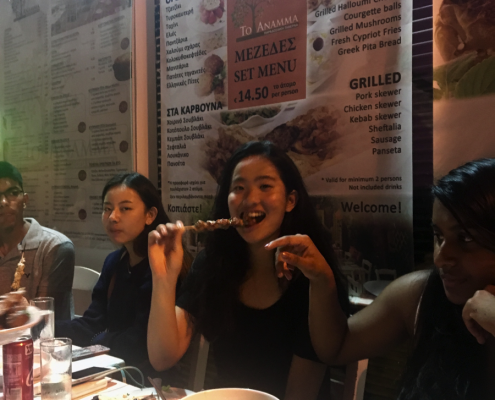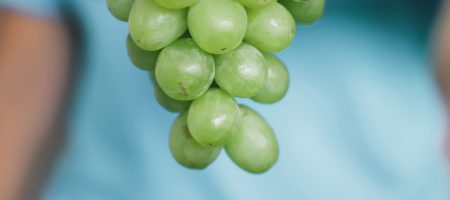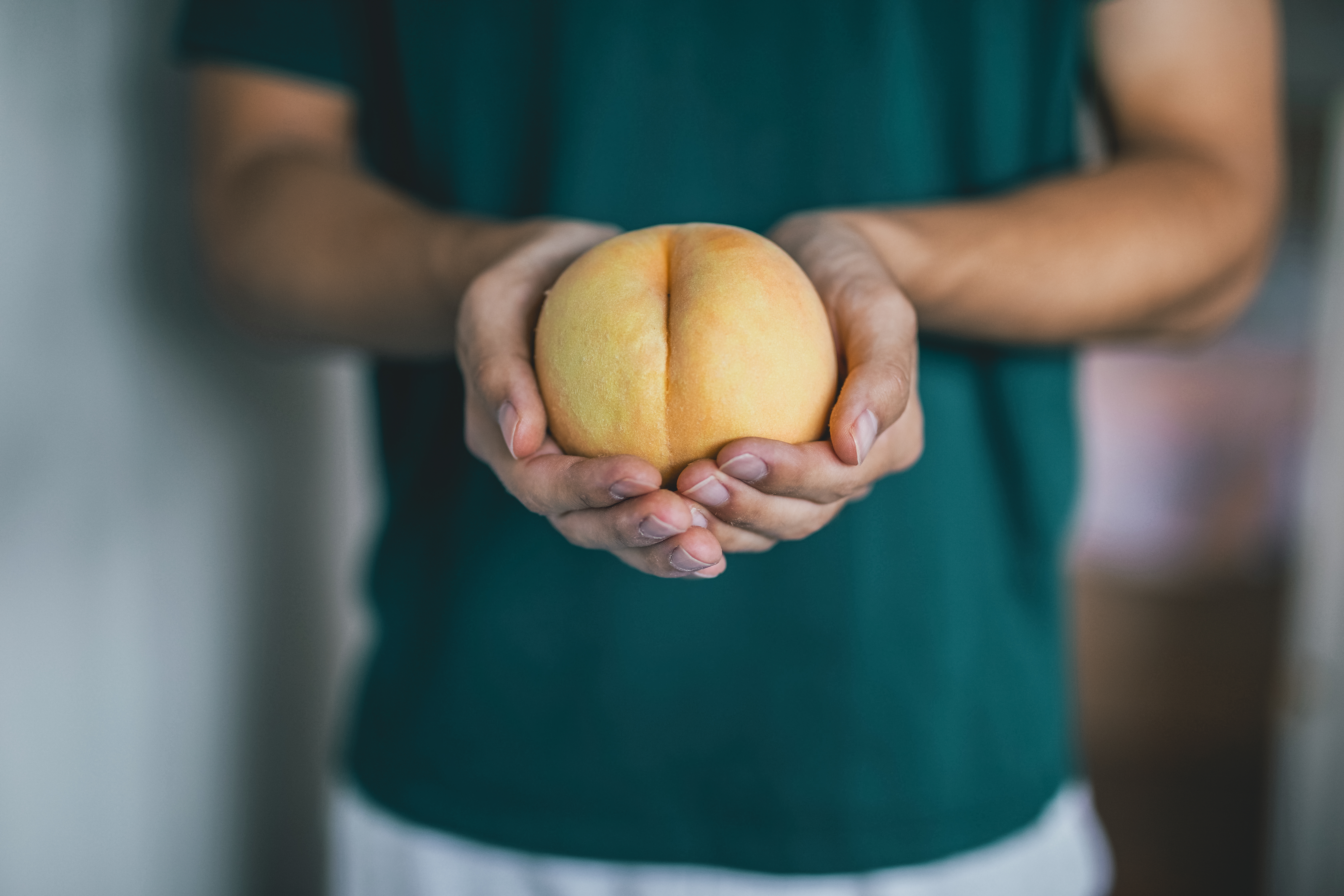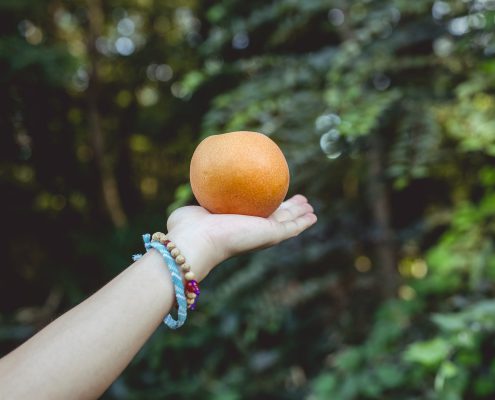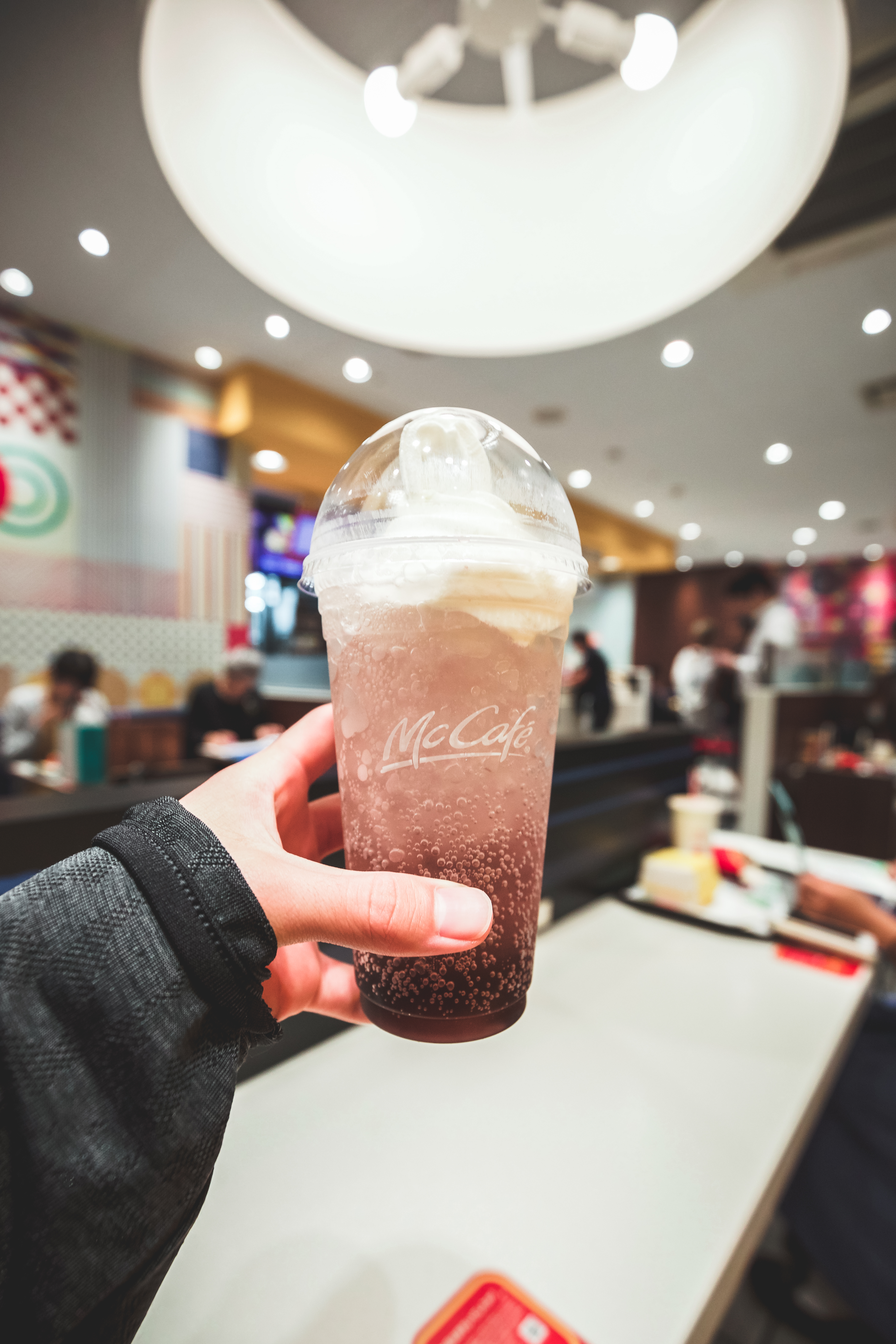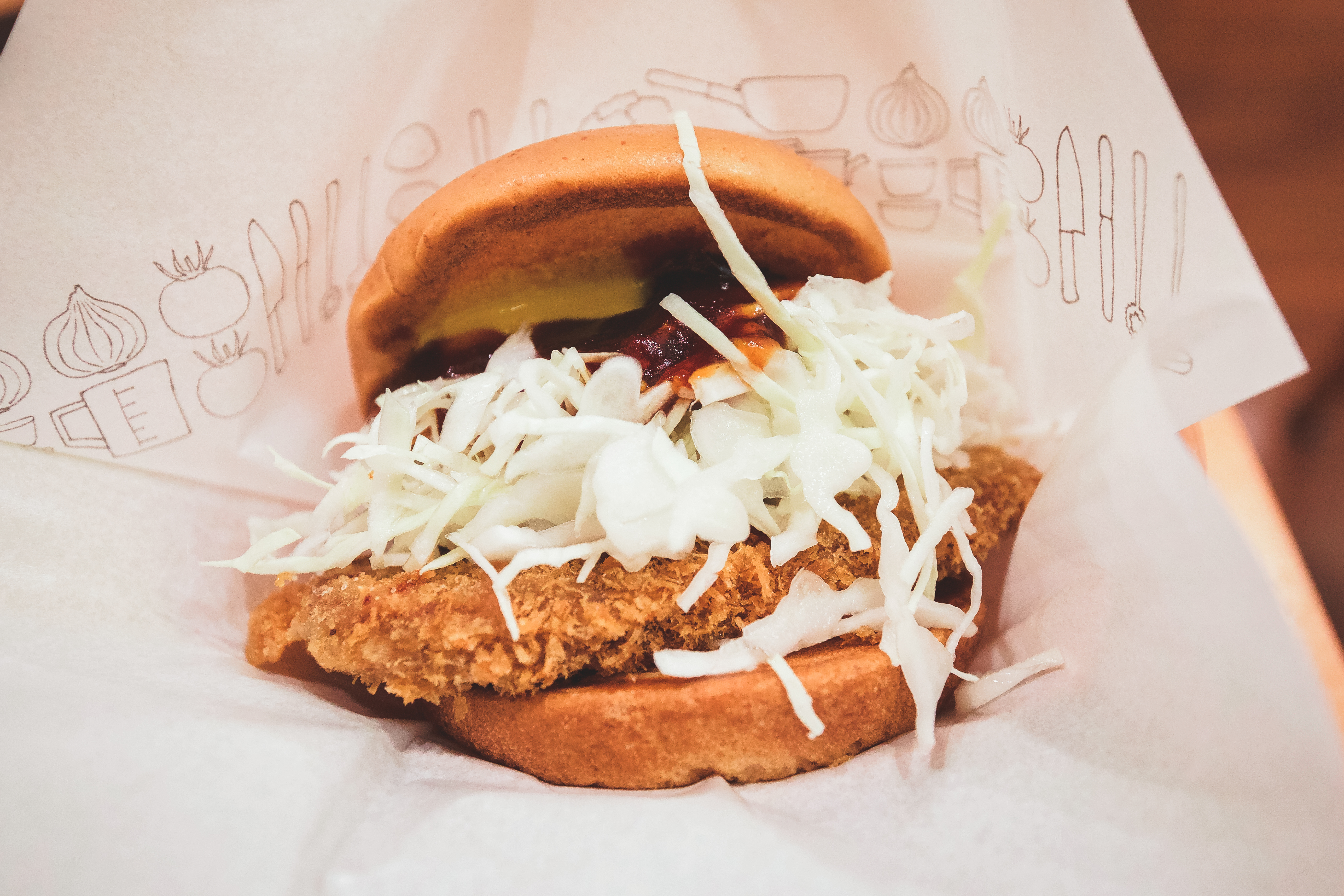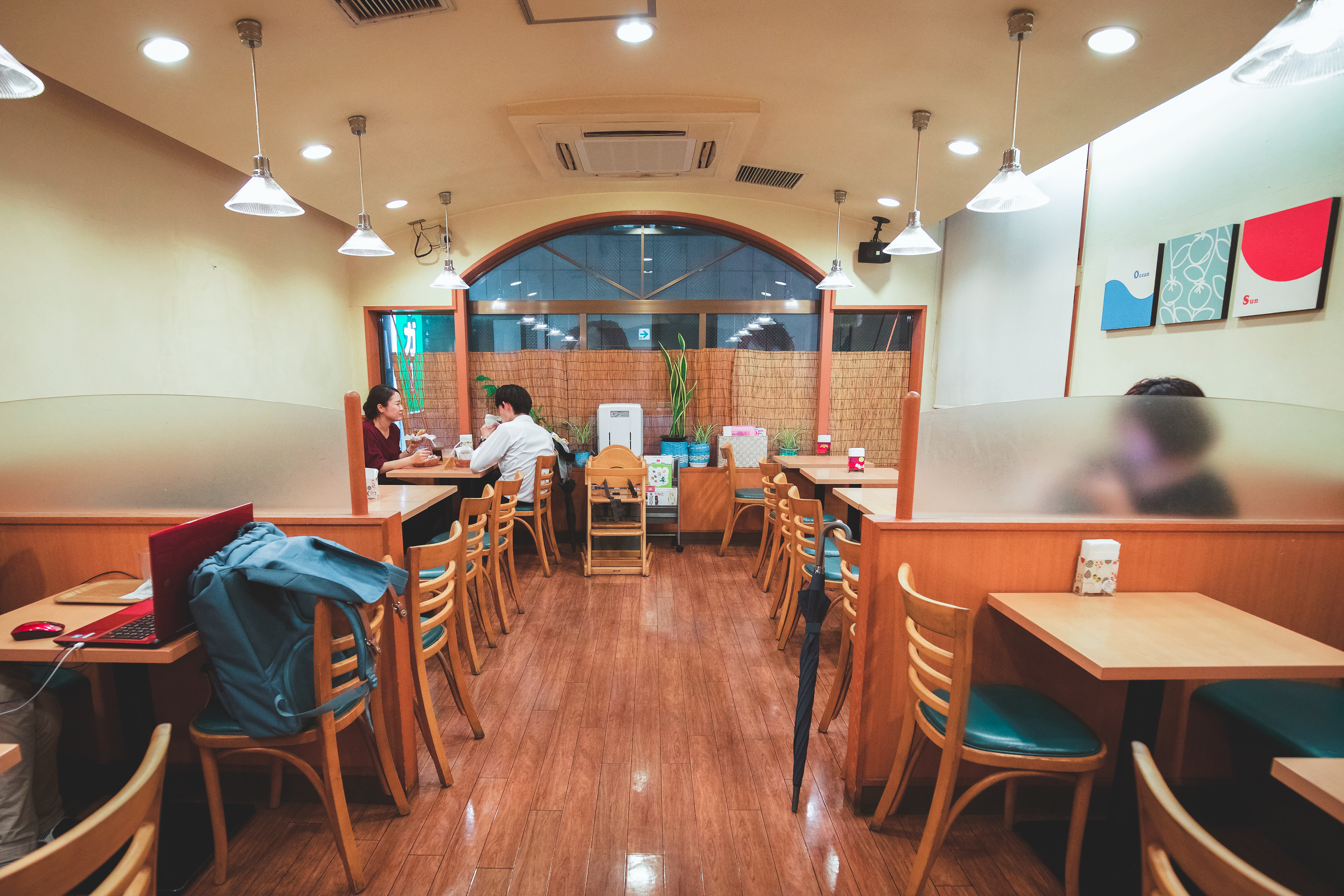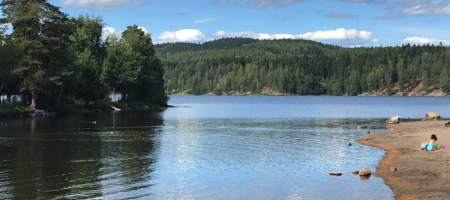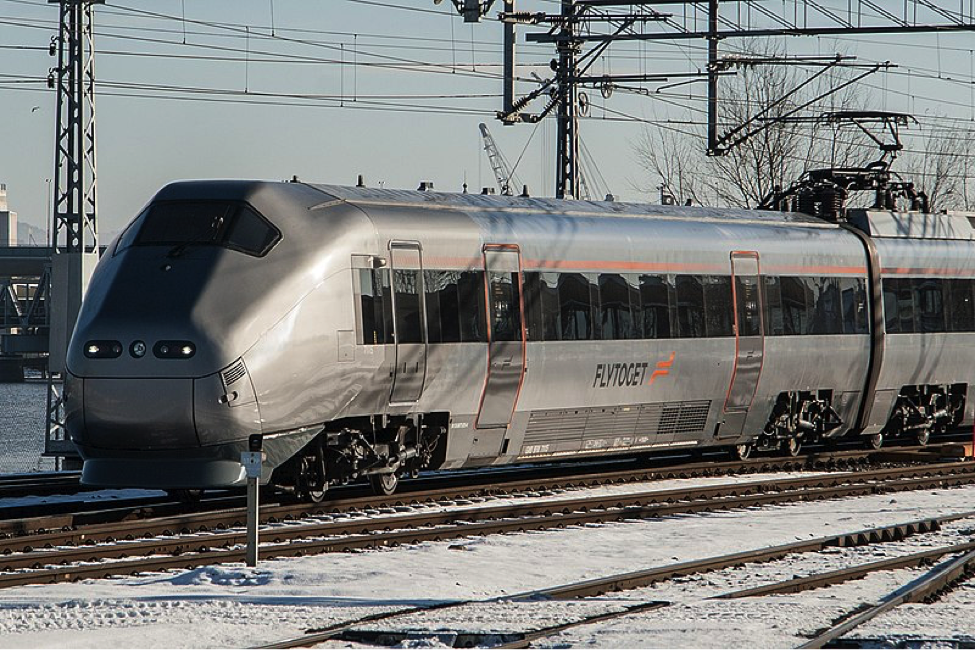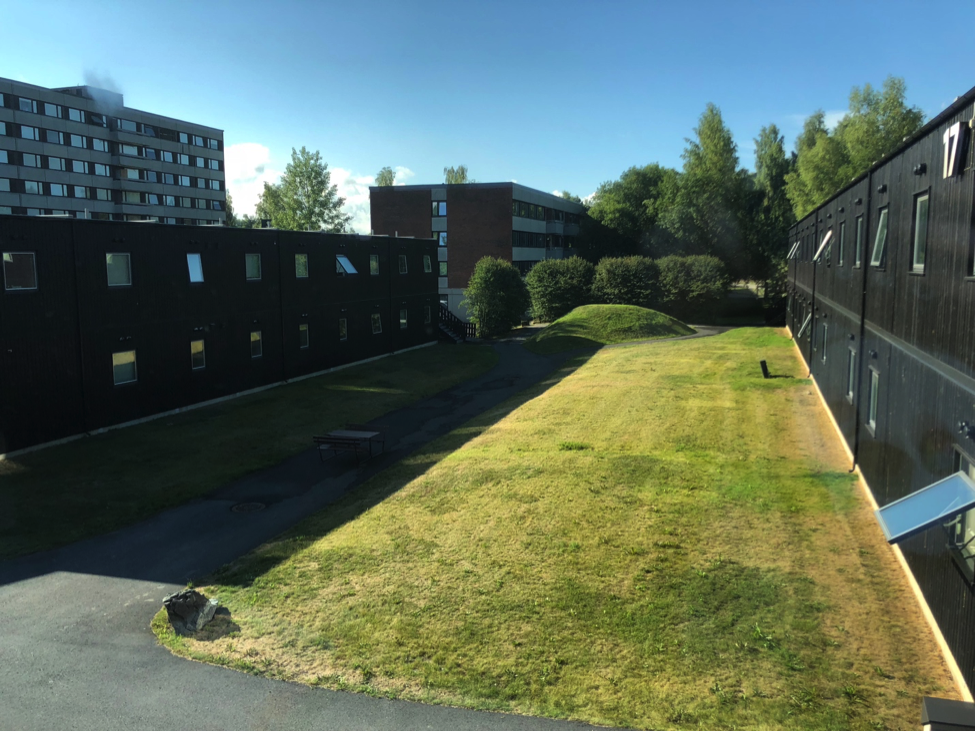Japan | Night Life
By DERAN CHAN
Tokyo is one of the most exciting cities in the world with an extravagant nightlife. Since Tokyo is such a massive metropolis with endless possibilities, it can be overwhelming at times to figure out how you want to spend your night. I haven’t explored everything that Tokyo has to offer (not yet that is), but these are my recommendations based on my experiences abroad.
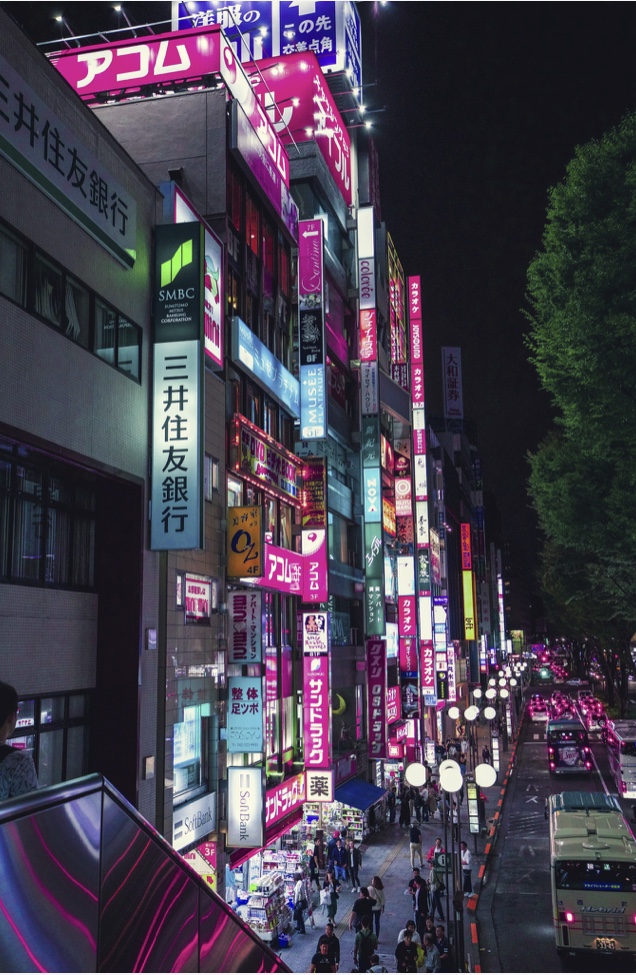

In my opinion, some of Tokyo’s top nightlife districts are Shibuya, Shinjuku, and Roppongi. Shibuya is one of Japan’s most iconic cities, and it’s no surprise that Shibuya stays up late with countless restaurants, boutiques, karaoke bars, arcades, shops, and cafes well into the night. Since the trains only run until a little after midnight, Shibuya is the place to be if you plan on staying the night out. However, nothing compares to Shibuya on HALLOWEEN. Japan didn’t always celebrate this American holiday, but in recent years locals and tourists alike go all out to congregate at Shibuya Crossing. The famous crossing is a landmark in Tokyo as well as the Hachiko statue, but the city transforms into a party jungle on the days leading up to Halloween. A group of us ventured out (despite many warnings) to Shibuya with nothing more than our costumes and buddy system – trust me, you’ll want to have one. Once we got there, all notions of personal space were completely abandoned, and we had immersed ourselves into complete and utter chaos. Totally worth it though.
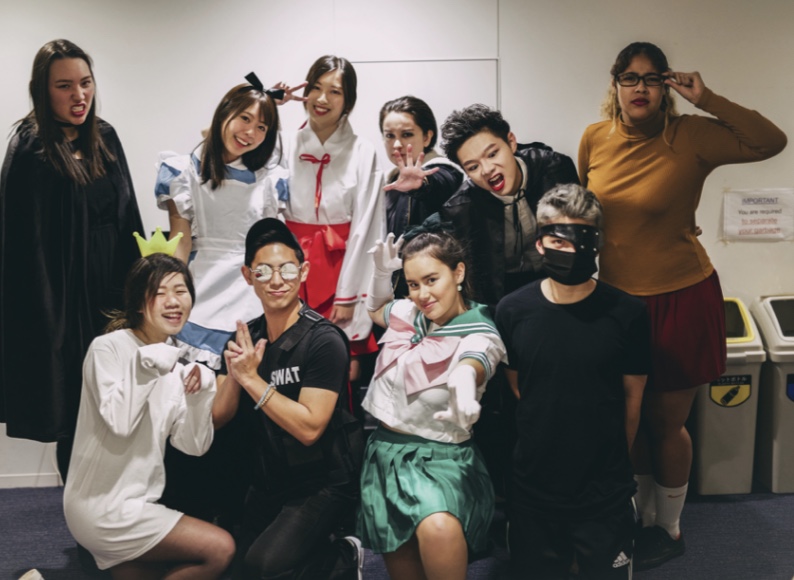
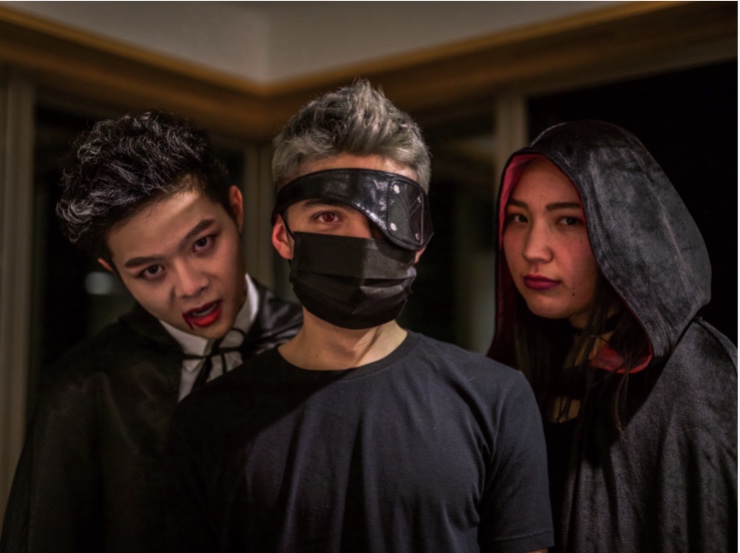
Just a few stations away from Shibuya is Shinjuku, another city within the city that never sleeps – boredom is never a possibility in this part of Tokyo. From rowdy izakayas to beer bars, to even red-light entertainment, there is definitely something for everyone in the city of Shinjuku. If you’re looking for something more upscale, Roppongi is the place for you. Roppongi is home to bars, jazz venues, and more western style clubs and definitely more reputable establishments. While these cities are generally safe, be aware that these popular venues attract its fair share of touts – don’t be afraid to ignore them and just keep on walking.
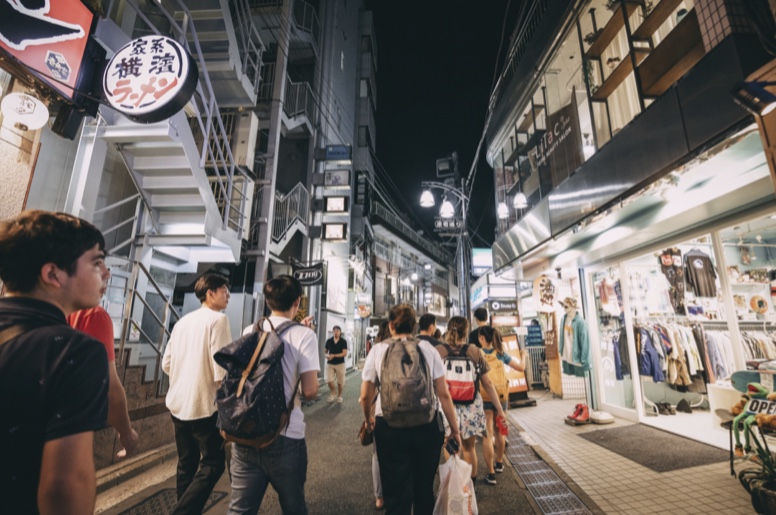
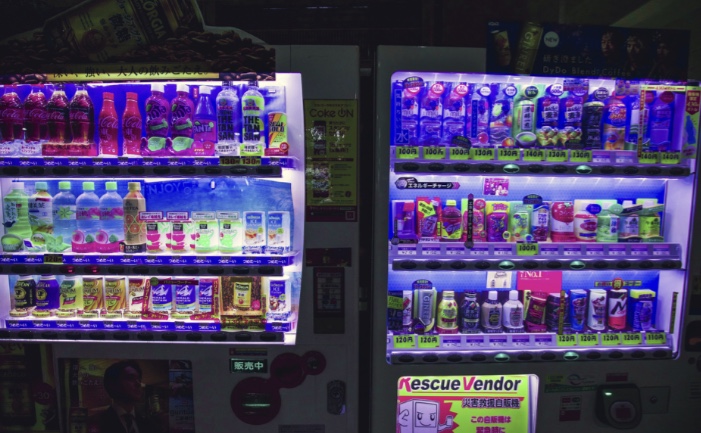
After staying out all night, we would usually take a train back to our university at around 5-6 in the morning. These morning trains were extremely diverse with people either going to work, coming back from the clubs, or anything in between and it was very apparent which group each person belonged to. Have fun, but make sure you’re with a group and be safe.
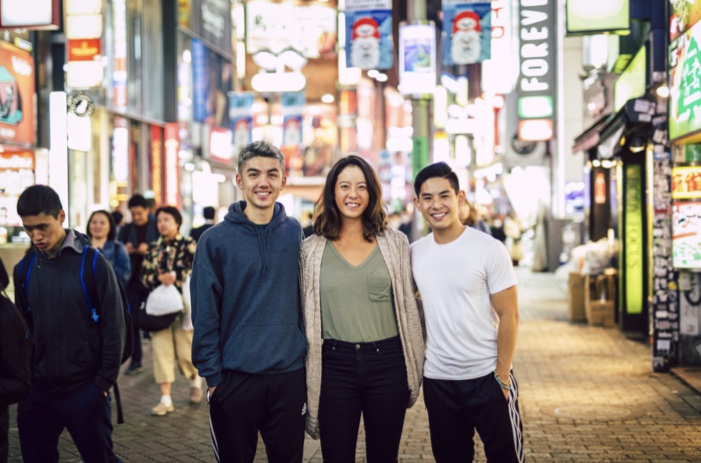
Deran Chan studied in Tokyo, Japan in 2018:http://eap.ucop.edu/OurPrograms/japan/Pages/international_christian_univ.aspx


